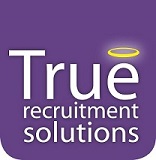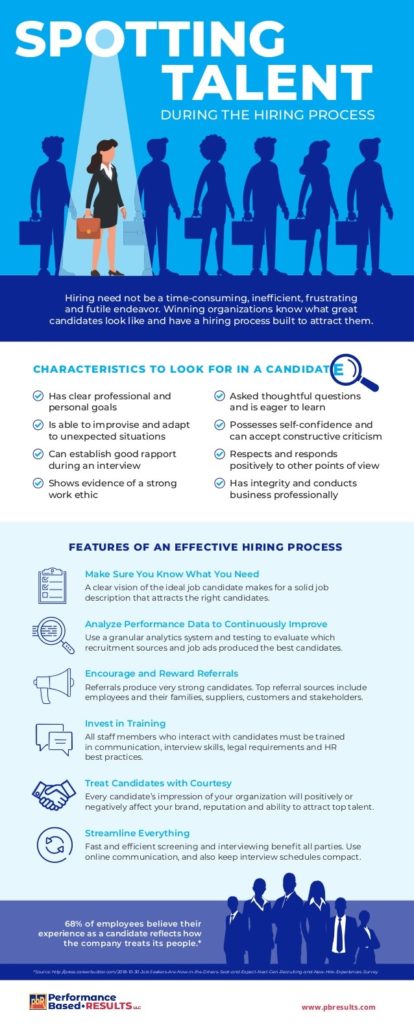by Jonathan Ransom, co-founder of Square Mile Farms
Pre-COVID, employers were already beginning to evolve their workplaces, modeling them after the big tech employers. Of course, large campuses with swimming pools and yoga studios isn’t possible for most businesses, but offering some sort of entertainment has become fairly commonplace, especially in trendy cities like London.
Shared offices transformed almost overnight to provide things like free beer on tap, putting greens, and massage services. The competition for the most attractive office is, however, really a competition to attract and retain top talent.
During the coronavirus lockdown, the focus shifted to employee health and wellbeing. This wasn’t purely altruistic, however. Sickness and low moods significantly impact productivity which, during lockdown with reduced staff, can be incredibly costly to businesses.
After the coronavirus crisis has passed, employers will have a tougher competition for talent and will need to do more work to entice them back into the office. After all, they’ve just had several months working from home, where beer taps and putting greens were replaced with all the comforts and luxuries of home…and with no commute!
To compete with the home office, new wellbeing teams that have been established to help employees stay safe and healthy during lockdown will be tasked with modernizing the workplace post-lockdown, with health and wellbeing of staff becoming a key company priority.
Research shows that this is a good investment with workplace health initiatives bringing returns of between 2x and 34x, highlighting the financial benefits of a happy, healthy workforce.
Working from home has also demonstrated the importance of the workplace as a collaborative space where colleagues can work together on projects, bounce ideas around and engage on a more personal level with one another. I expect that working from home will have a bigger role in improving the work-life balance, but there is no replacement for a physical workplace.
Offices will, then, become polarised between two extremes: the boring functional office used for meetings and the exciting collaborative space used for creative work.
As Jonathon Gibson, Director and Head of Sustainability at Avison Young, nicely summarises:
“It will polarise between ultra-efficient low cost and soulless spaces, driven by cost per head, which are there purely as a function for when people absolutely need to meet up.
Then, on the other end of the spectrum, you’ve got the high quality, experiential office, designed to be a space people want to come to and spend time in, that will help attract the best talent. People will be coming to the office for an experience, to have ideas and be creative.
If you’re operating in the middle ground you’re in danger of being left behind or paying for something that’s never used. So, for this reason, the right companies will make the investment.”
Promising new workplace health and wellness initiatives
Workplace perks have been around for years and have only increased during the lockdown. Perkbox, for example, offers employees discounts at a range of retailers as well as monthly rewards and freebies. Yet, these solutions do nothing to entice people back into the office.
New health and wellbeing ideas need to focus on using the physical space effectively, creating highly-visible and impactful solutions, and have a practical purpose rather than simply entertaining staff.Here are some of the most exciting new ideas:
Fostering a connection with nature
Love of life ‒ or “biophilia” ‒ is an observed and documented phenomenon where people feel less anxious, less stressed, more productive and focused, and have better mental stamina. Activities like walking through a park or playing with a dog can elicit biophilia, even just getting some fresh air can help.
When it comes to the workplace, environments that incorporate natural elements report a 15% increase in employee wellbeing, according to a Human Spaces report. Unfortunately, 47% of employees report working in an environment with no natural light while 58% have no natural greenery in their workplace.
While these are depressing statistics, it shows the scale of the opportunity to reinvigorate and reimagine the workplace. My company, Square Mile Farms, is seeking to address this huge gap by designing and installing attractive vertical farms into workplaces. The benefits of this approach are that vertical farms are highly-visible, provide lush green spaces, improve air quality, and provide employees with a source of fresh food. Imagine being able to source your lunchtime salad from fresh plants around the office!
Encouraging healthier choices
Simply providing fresh food or gym memberships isn’t enough to keep employees healthy and happy. If they don’t have the time to visit the gym or prepare their food, these initiatives are token gestures that shift responsibility back to employees.
Instead, employers need to actively encourage and enable healthier choices. Breakfast rolls on a Friday may be the popular choice but also offering a fruit basket the rest of the week enables staff to eat healthier.
One thing employees seem very keen on is office sports and extracurricular activities. In a survey conducted by Perkbox, employees valued office sports and extracurricular activities over things like unlimited holidays and free lunches. So, instead of simply providing free gym memberships, consider how you could incorporate sports and exercise into an office activity.
Some businesses, for example, have been using TV.FIT memberships to run intra-office exercise competitions, such as a virtual triathlon or an office Olympics, rather than simply providing memberships to staff to use in their own time. This has helped keep employees connected and collaborating despite the physical distance.
At Square Mile Farms, we provide employee engagement sessions so that they can learn more about their food supply and how to grow plants. Not only is this education valued in its own right, but it also enables staff to make healthier choices of their own. Teamwork and collaboration are then needed to plan meals and care for the plants, fostering a dramatic culture shift.
For workplaces to continue to serve businesses and employees, they need to evolve. Boring, utilitarian workplaces with no green spaces or office activities will fail to attract or retain talent. Bright, green spaces with a host of sporting and extracurricular activities, however, will develop creativity and collaboration between employees, producing the best work with high employee satisfaction and little illness. And that sounds like a future worth working towards!

